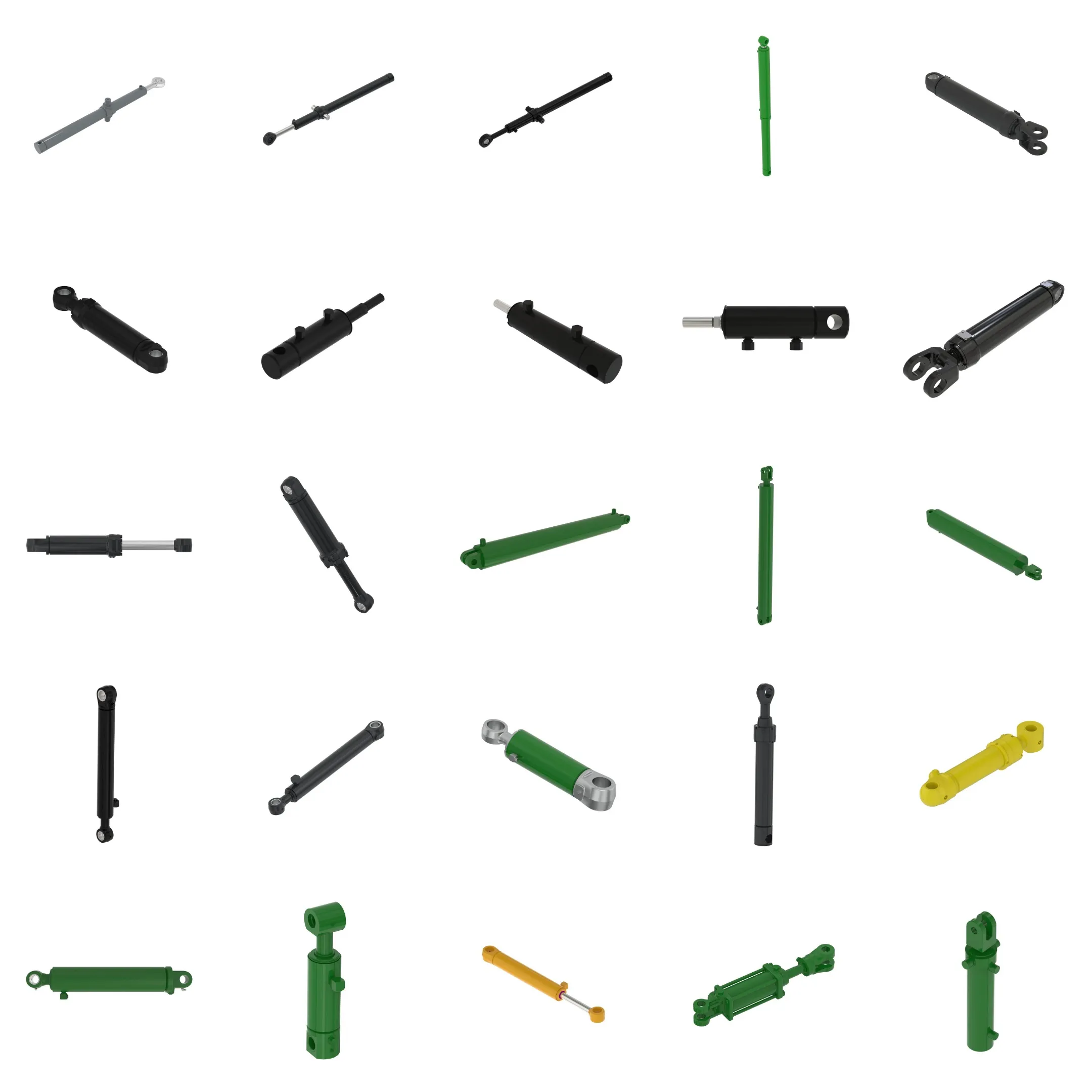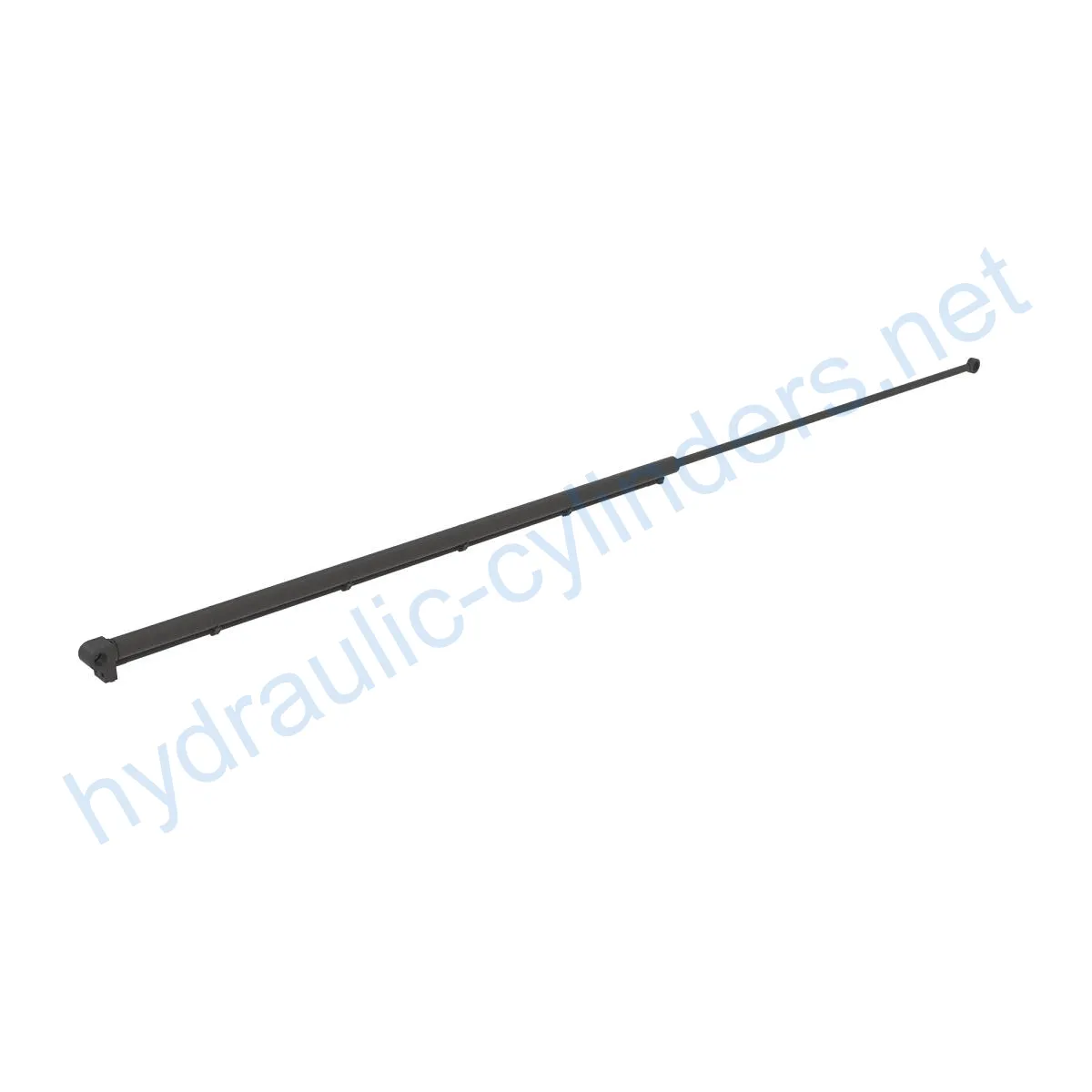Replacement Of F684551 Hydraulic Cylinder
Kot eden od proizvajalcev, dobaviteljev in izvoznikov hidravličnih cilindrov ponujamo hidravlične cilindre in številne druge izdelke.
Za podrobnosti se obrnite na nas.
Pošta:sales@hydraulic-cylinders.net
Proizvajalec, dobavitelj in izvoznik hidravličnih cilindrov.
Replacement Of F684551 Hydraulic Cylinder
The Replacement Of F684551 Hydraulic Cylinder is an essential component in hydraulic systems that helps to convert fluid power to mechanical power. It is a part that is used to generate force from fluids, enabling various hydraulic machines to function. The hydraulic cylinder is used in various applications such as construction, agricultural, mining, and industrial machinery.
Specifications and Model
The Replacement Of F684551 Hydraulic Cylinder is designed with the following specifications:
- Weight: 161 lb
- Height: 3.3 in
- Width: 7 in
- Length: 126.5 in
The hydraulic cylinder is compatible with the following machine models:
- 1470E
- 1470G
- CH9
Features of the Hydraulic Cylinder
The Replacement Of F684551 Hydraulic Cylinder possesses several features that make it stand out from other hydraulic cylinders available in the market. Here are some of the key features of the hydraulic cylinder:
- Improved equipment performance: Replacing a damaged or worn-out hydraulic cylinder can restore the equipment’s normal operational ability, ensuring its performance in various applications.
- Enhanced safety: Regularly replacing hydraulic cylinders can reduce safety hazards caused by cylinder failure, ensuring the safety of operators and equipment.
- Overload protection: New cylinder designs usually consider better overload protection mechanisms, improving safety.
- Quick installation: Modern hydraulic cylinder designs typically consider ease of installation and replacement, reducing downtime.
- Standardized components: Many hydraulic cylinders are standardized products, making it easy to obtain replacement parts in the market.
Our company produces hydraulic cylinders that can replace the Replacement Of F684551 Hydraulic Cylinder perfectly.
Applications of the Hydraulic Cylinder
The Replacement Of F684551 Hydraulic Cylinder has various applications in different machinery, including:
- Excavators: The hydraulic cylinder may become damaged due to long-term use or overload on the excavator’s arm or bucket and may require replacement to restore normal operation.
- Cranes: The boom hydraulic cylinders of cranes wear down easily due to frequent lifting and lowering, requiring regular replacement to ensure safety.
- Tractors: The loader hydraulic cylinders at the front end of the tractor may leak or experience reduced performance due to continuous lifting and tilting operations, requiring replacement.
- Combine harvesters: The hydraulic system undergoes high pressure during the harvesting process, and the cylinder may become damaged due to fatigue, requiring timely replacement to maintain work efficiency.
- Automated production lines: Hydraulic cylinders are used to control robotic arms and other automation equipment. Cylinder failure can affect production efficiency, necessitating immediate replacement.
- Die-casting machines: Hydraulic cylinders may experience reduced performance in high-pressure and high-temperature environments. Regular replacement can ensure product quality.
- Mining equipment: Hydraulic cylinders are used to lift and move heavy objects in mining equipment. Due to the harsh working environment, they require regular inspection and replacement to avoid equipment failures.
- Bulldozers: Worn-out hydraulic cylinders on a bulldozer’s blade can lead to a decrease in its pushing ability, requiring replacement to maintain operational efficiency.
Maintenance of the Hydraulic Cylinder
Regular maintenance of the Replacement Of F684551 Hydraulic Cylinder is necessary to ensure its optimal functioning and longevity. Some of the essential maintenance tasks include:
- Regular inspection: Inspect the cylinder regularly for leaks, cracks, or other signs of wear.
- Lubrication: Apply the appropriate amount of hydraulic oil to the cylinder.
- Seal replacement: Replace seals when necessary to prevent oil leaks.
- Calibration check: Check the cylinder’s calibration to ensure it is within the required range.
During the installation process, it is important to provide proper guidance for aligning the cylinder and recommend the use of appropriate mounting brackets to secure the cylinder. We also provide recommended inspection, repair, and replacement procedures and offer replacement parts and rebuilding services to increase the cylinder’s lifespan.
Safety and Environmental Considerations
When using the Replacement Of F684551 Hydraulic Cylinder, it is essential to consider safety measures and environmental factors. Safety measures such as using proper protective gear and operating the system within the recommended parameters can prevent accidents and ensure safety. Proper disposal of used hydraulic oil is necessary to prevent environmental pollution.
Troubleshooting and Common Problems
The following are some common problems associated with hydraulic cylinders:
- Oil leaks: Oil leaks may occur due to damaged seals or faulty fittings. To solve this issue, replace the seals or fittings.
- Slow cylinder movement: Slow cylinder movement may be due to low hydraulic pressure. Check the system pressure and replace the pump if necessary.
- Abnormal noise: Abnormal noise may be due to worn-out components such as bearings or bushings or insufficient lubrication. Check and replace the worn-out parts and lubricate the cylinder appropriately.
It is crucial to provide proper diagnosis and solutions to these problems to ensure that the hydraulic cylinder functions optimally. To prevent these issues, it is recommended that users perform regular maintenance and inspection on the hydraulic cylinder.

Design Considerations and Selection Criteria
The hydraulic cylinder’s design and selection criteria depend on several factors such as the load capacity, sealing ability, durability, safety, and maintenance ease. Here are some design considerations:
- Load capacity: The hydraulic cylinder should be able to handle the load capacity of the application.
- Sealing ability: The cylinder should have a good sealing ability to prevent oil leaks.
- Durability: The cylinder should be made of durable materials to ensure longevity.
- Safety: The hydraulic cylinder should have safety features such as overload protection.
- Maintenance ease: The cylinder should be easy to maintain and inspect.
Seals are critical components of hydraulic cylinders that help prevent oil leaks. Appropriate seal materials such as polyurethane or nitrile rubber should be used, and the cylinder’s body and thread end surfaces should be finely treated to improve wear resistance. Regular hydraulic oil lubrication is essential to ensure the cylinder’s optimal functioning.
Proper maintenance is necessary to ensure the hydraulic cylinder’s longevity. Regular inspection, lubrication, seal replacement, and calibration checks are some essential maintenance tasks that should be carried out on the cylinder.

About Our Company
We are a manufacturer of replacement hydraulic cylinders with a complete range of products. We have become one of the leading manufacturers and wholesale distributors of hydraulic cylinders in domestic and international markets. Our company provides customized services, has professional manufacturing equipment, and offers international certifications. Our company also provides after-sales services to ensure customer satisfaction.

Author: lyl
Take a Tour of Our VR Factory:
Take a tour of our VR factory with the following
Hydraulic Cylinder Application:


